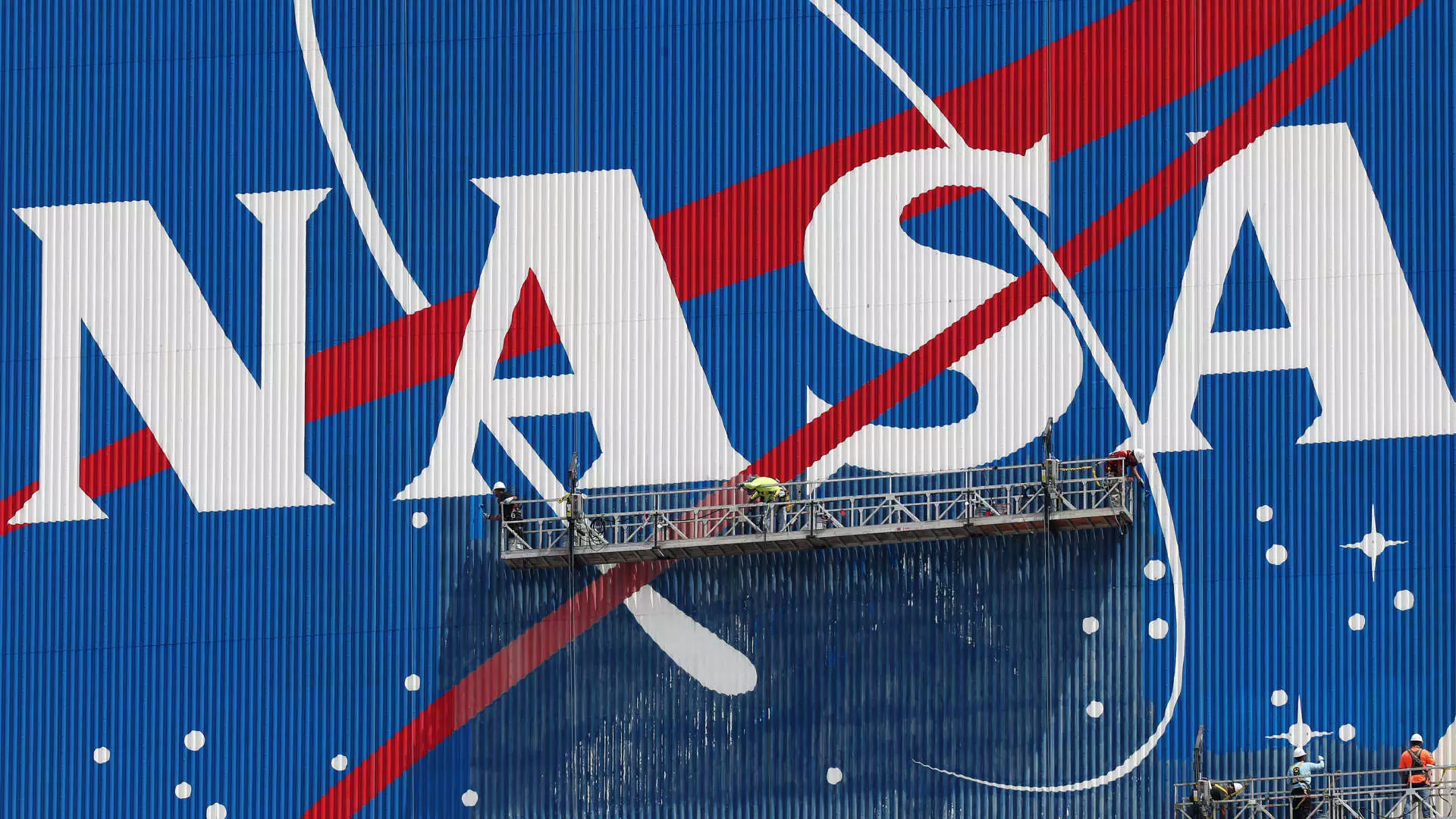NASA’s recent announcement that it will stream live programming—including rocket launches, spacewalks, and stunning views of Earth—on Netflix marks a bold attempt to merge high-stakes scientific exploration with a global entertainment giant. While the initiative, slated for summer 2025, sounds like a win for public engagement, the reality is more nuanced. Spreading the story of space has always been part of NASA’s mandate, yet wrapping it inside a popular streaming platform raises questions about the dilution of serious science in favor of broad appeal. The excitement generated by networks like Netflix should not come at the cost of reducing complex space missions to just another form of passive entertainment.
A Win for NASA’s Outreach, But At What Cost?
On one hand, NASA’s decision to partner with Netflix—already boasting over 700 million users—dramatically widens the audience for perhaps the most awe-inspiring scientific endeavors of our time. This aligns with NASA’s 1958 charter, which aims at spreading knowledge of space exploration worldwide. However, NASA remains adamant that live streams will stay free and ad-free on its own platforms, such as the NASA app and website. This raises an important concern: will Netflix’s curated nature and algorithm-driven content recommendations overshadow NASA’s own official channels? There’s a risk that the streaming giant’s commercial interests might influence which events are highlighted, possibly prioritizing spectacle over substance.
Commercial Spaceflight’s Shadow Overshadows Government Efforts
Another layer to consider is the broader context of the current space race, dominated increasingly by private companies like Elon Musk’s SpaceX. The staggering figure of 81 launches in just the first half of 2025 reveals a surge in commercial activity that NASA has become more of a supporting actor to. SpaceX’s exclusivity in ferrying astronauts to the ISS highlights the paradigm shift from government-led to private-led space operations. NASA’s collaboration with Netflix might be an effort to maintain its cultural relevance in an arena where private firms often steal the spotlight with their flashy launches and ambitious goals. Yet, this partnership also betrays an implicit acknowledgment that NASA’s traditional modes of communication and public engagement are struggling in a world captivated by Silicon Valley’s space ventures.
Netflix’s Market Strength Could Dilute Scientific Rigor
Netflix’s stock performance, now at an all-time high and up over 50% this year, signals that the streaming giant has unprecedented market power. While this bodes well from a distribution standpoint, it also suggests that NASA’s content could be subjected to the platform’s commercial imperatives—clicks, subscriptions, and user retention metrics. This could lead to an emphasis on visually dramatic but scientifically superficial content, favoring sensationalism over depth. The question becomes whether the partnership serves NASA’s educational mission or primarily Netflix’s bottom line. Science is not meant to be “binge-watched” like a thriller series, and there is a real danger of prioritizing entertainment value over the sober realities and challenges inherent in space exploration.
The Need for a Balanced, Responsible Approach
NASA’s partnership with Netflix encapsulates a broader tension faced by public institutions adapting to an increasingly commercialized media environment. While extending reach and visibility is crucial, especially in an age where public attention spans dwindle, NASA must guard against commodification of its work. The agency’s decision to keep content free and ad-free on its own platforms signals some awareness, but the move to Netflix inevitably introduces a commercial overlay. To preserve the integrity of space exploration’s narrative, NASA should maintain editorial control and prioritize educational value, ensuring its story is not lost in a sea of entertainment-driven content. The space agency’s challenge will be to harness this unprecedented exposure without sacrificing its role as a beacon of scientific truth beyond the spectacle.

